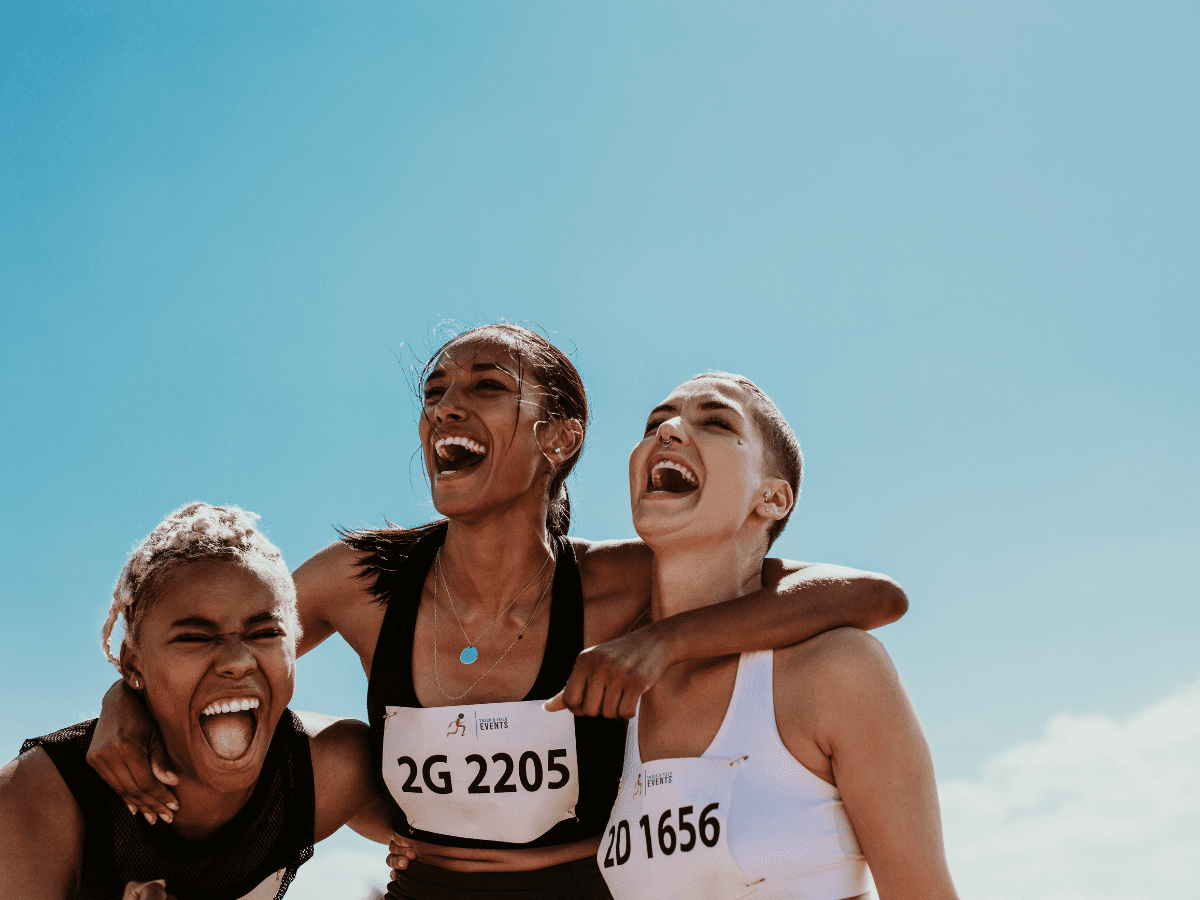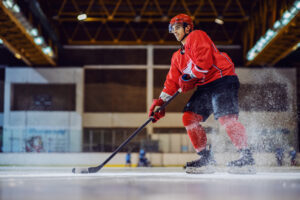
Motor learning is the process of acquiring and refining skills, such as movements or strategies, through practice and experience. It is an important concept in sport because it helps coaches create effective training programs to help athletes improve performance.
Coaches can use motor learning principles to:
- Provide effective feedback
- Design efficient practice plans by using random practice and specificity principles
- Help athletes develop the necessary skills to become successful in their sport
By understanding the principles of motor learning, coaches can create an environment where athletes can learn and develop their skills more effectively. In this blog I will give a brief explanation of 2 motor learning concepts, variability and specificity, and provide examples of how to implement the concepts into training.
Variability: Blocked versus random practice
The motor learning concept of variability is more commonly known as “blocked” versus “random” practice. Blocked practice involves repeatedly practicing the same skill or task, with no variation, until the desired level of skill is achieved (Luan & Seidler, 2020). For example, this could be an athlete repeating the same skill, such as a basketball free throw or a tennis serve, for 10 consecutive reps.
On the other hand, random practice involves practicing different skills, tasks or variations of the same task in a random order, as if it were a game (Coffman & Radwin, 2019). This could be an athlete not performing the same skill more than 1-2 times in a row. Research has shown that random practice is superior to blocked practice because it allows for greater variability of practice, which leads to better transfer and retention of skills (Ogden, 2020).
By varying the practice tasks, the learner is exposed to different contexts and cues, which can help to deepen understanding and promote greater retention of the material. This encourages the brain to form stronger and more complex connections between concepts, increasing the ability of the learner to retain and recall information. Random practice requires the learner to use long-term memory to remember a specific motor pathway every time they perform an action, while blocked practice uses short-term memory and allows for more immediate learning of the material (Abernethy, 2012).
Repetitions, or blocked practice, only requires the learner to repeat the previous movement they have been continuously doing. As a result, blocked practice leads to better performance in acquisition (when using blocked practice, practice will look good as it seems like the athlete is learning quickly), but results in poorer retention and therefore performance, because it does not lead to long-term learning and memory, like random practice.
When to use blocked practice versus random practice:
- Blocked reps are useful when an athlete is learning new technique or skill
- This allows the athlete to experience the new skill or technique in a controlled environment (beginning of practice) and can boost confidence.
- Blocked practice can also be used when an athlete does not understand a movement pattern or skill
- If an athlete continually demonstrates poor technique or movement pattern in a random setting, having them produce proper movements in a blocked fashion ensure understanding
- Random practice, which could produce less successful attempts, is more valuable for learning.
- Random practice slows the rate of acquisition (practice will look bad) due to an increased cognitive load, but will in turn increase retention and transfer
- Random practice has been shown to produce superior performance in games because random practice replicates game conditions and decision-making
- Random practice increases variability, therefore making athletes use more cognitive effort by forgetting prior movements and producing proper movement patterns each time
Specificity: Guide learning with the game

Another integral motor learning concept is specificity. This is one of the most important strategies that coaches can use to increase learning and performance of athletes.
The “specificity of learning hypothesis” in motor learning states that any skill acquired in a particular context or environment will only be effective in that context or environment (Wulf & Lewthwaite, 2016). Each learned physical skill is represented in memory along with the sensory information that was present during initial acquisition. Therefore, learning is most effective when practice sessions include the environment (sensory information) and movement conditions (physical information) that closely resemble those required during the performance of the task.
Environmental or sensory information refers the specific signals that the body receives and uses from the environment during and after movement. Examples of sensory information include visual cues, auditory feedback, tactile feedback, and proprioceptive feedback (what athletes can see, hear, touch and feel). In contrast, movement conditions or physical information refers to the specific physical movements or technique needed to obtain a certain outcome, such as a soccer kick or a baseball swing.
“Guide learning with the game” means creating and training in a practice environment that includes and replicates both the sensory information and skill technique of the performance environment. When this is accomplished, transfer of the practiced skill to the performance environment is optimized.
Key considerations for “guide learning with the game”:
- How is a skill performed in a game? How can this be replicated in a drill?
- What occurs before, during and after performing a specific movement? Replicate this!
- What sensory information can I replicate? How do I do this?
- Is the athlete performing the physical movements that they would in a game? If not, how can I change this?
- Each drill begins and ends with an input of the ball or puck using a movement or skill specific to that sport
- Begin the drill or activity by replicating the individual sport conditions as much as possible, which allows for specific cue-reading and decision-making (sensory information). How is the skill initiated in a game? Is there a defender that impacts the movement?
- Use specific physical movements whenever possible! Even as a coach “inputting” the ball, input or start the drill as it would happen in a game! For example, a baseball coach would use an overhand throw, rather than an underhand toss, to start a drill.
- Gameplay
- Use games or competitions to support the development of effective movement patterns, skills, and techniques in game situations.
- Practices or training sessions should end with game play to allow for specific movement, “reading” and learning opportunities.
Final thoughts
To conclude, variability exposes the learner to different contexts and cues, while challenging the athlete to use long-term memory by not allowing for motor calibration (short-term memory). Due to this, random practice leads to better long-term learning and performance. Specificity is the understanding that a skill learned in a specific environment and context, will only be effective in that context. With that in mind, coaches need to include both the physical and sensory information of performance environments, into practice. By including variability and specificity into our practice plans and environments, coaches enhance learning opportunities, optimize the transfer from practice into performance environments and drastically increase retention of skills for the future.